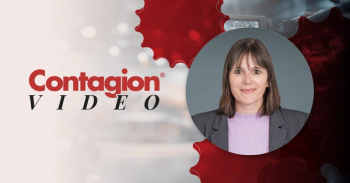
Cost, Dosing Strategies, and Clinical Boundaries in Complicated Staph aureus
Episodes in this series

Following encouraging trial results, researchers are prioritizing two key areas of further study to better define dalbavancin’s role in managing complicated Staphylococcus aureus infections. A cost-effectiveness analysis is underway to weigh the higher upfront expense of this newer antibiotic against the hidden costs of standard therapy, including prolonged IV treatment, PICC line placement, home nursing, and extended healthcare contact. In parallel, investigators are analyzing pharmacokinetic data to determine whether the simple two-dose regimen used in the trial is optimal for all patients, or if specific subgroups might benefit from alternative dosing strategies. Clinically, experts emphasize that dalbavancin should be viewed as a consolidation therapy suitable for patients ready for discharge, rather than a replacement for standard principles of care such as achieving effective source control. It is not a solution for complex infections like prosthetic joint cases without surgical intervention. Finally, the potential for treatment-emergent resistance remains a critical concern, particularly if the long-acting drug is used in patients with uncontrolled infection sources. Ongoing studies aim to clarify both the economic and clinical positioning of dalbavancin within the treatment landscape.
Newsletter
Stay ahead of emerging infectious disease threats with expert insights and breaking research. Subscribe now to get updates delivered straight to your inbox.
























































































































































































































































































